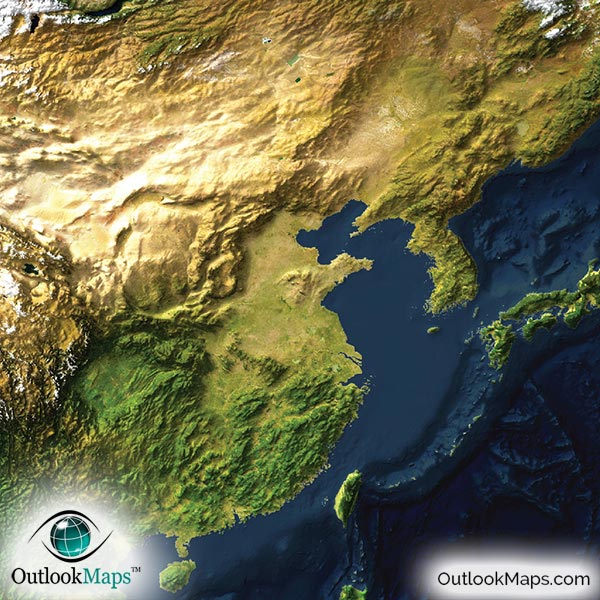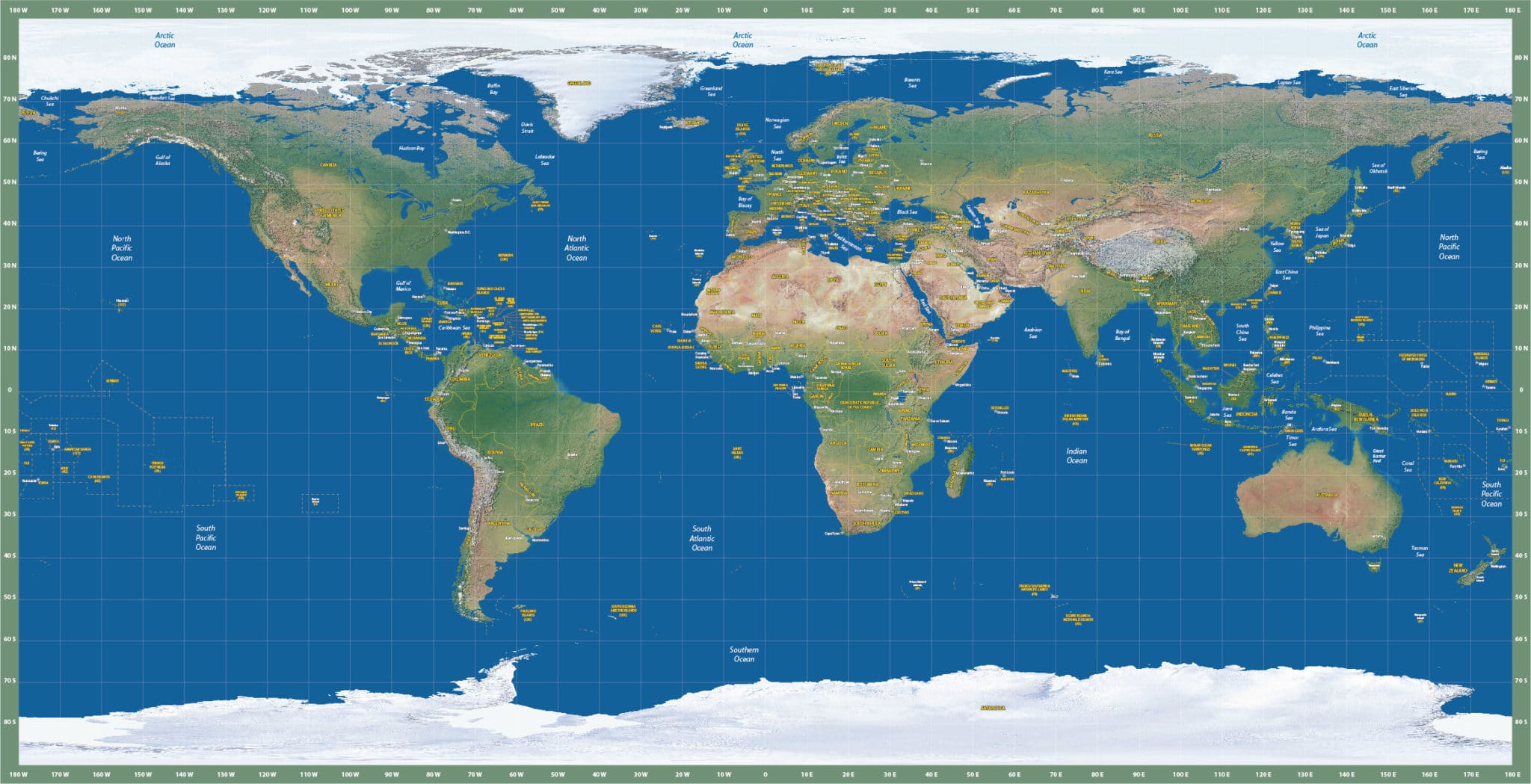
The new satellite is able to capture images with “greater detail, truer colors, and at an unprecedented frequency - capturing twice as many images as Landsat 7 does every day,” Google announced on its Google Maps blog this afternoon.Īs before, the new Google Earth imagery is also cloud-free, thanks to mining nearly a petabyte of data.

Now Google has updated Google Earth with the imagery from Landsat 8, launched in 2013. It did so by analyzing a large number of images, similar to how it produced this global time-lapse image of the earth. This was still the best imagery available at the time, though, which forced Google to come up with a means of removing those gaps from Google Earth. However, the images Landsat 7 captured after 2003 were affected by a hardware failure that resulted in diagonal gaps of missing data. When Google first unveiled its techniques for eliminating from Google Earth images striped artifacts, clouds and other atmospheric effects, it was using imagery from Landsat 7. Geological Survey’s (USGS) Landsat 8 satellite.

Today, the company has repeated the process, but this time with newer, crisper imagery from NASA and the U.S. Several years ago, Google engineers figured out a way to stitch together satellite imagery to remove clouds, giving Google Earth and Google Maps users a better and more comprehensive view of the ground below.


 0 kommentar(er)
0 kommentar(er)
